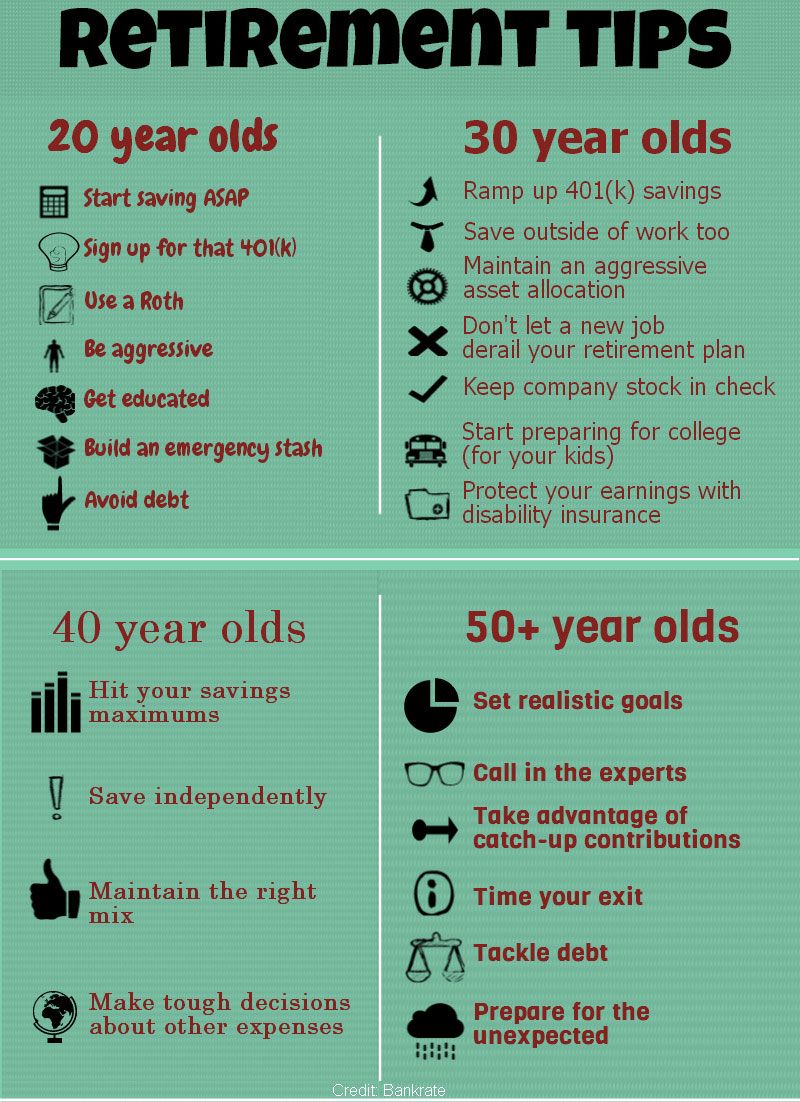
Financial planners have been using the 4 rule for decades to determine safe retirement spending levels. But its inventor says current market conditions make it harder to make accurate forecasts. The inflation rate currently hovers at 8.5%, and the stock and bond market are highly valued making it harder to make accurate predictions about future returns.
4% rule
Retirement planning can be as simple as the 4% rule. This formula doesn't necessarily require that you invest all your money on stocks. However it can help to calculate your desired retirement income. It is important to remember that the 4 percent rule assumes that you have a 50/50 mix of stocks and bonds. This may not always be true, as risk tolerance is different for each individual.

Another problem with the 4% rule is that it assumes a constant rate of return each year. The stock market is not always on the rise so this assumption is unrealistic. Therefore, retirement funds may not grow as fast as you want. Morningstar researchers suggest that the 4% rule be raised to 3.3% by Morningstar, which would make it more realistic for retirees.
Advantages and disadvantages of the 4 percent rule
The 4% rule is not the best strategy for retirement savings, as it does not account for changes in spending patterns. Retirees spend more money in the early years of retirement on hobbies and travel. Their spending decreases in the middle and rises again in the later years because of costly healthcare expenses. The four rule doesn't account for lifestyle changes and limits the amount that taxpayers can withdraw from their retirement accounts.
This rule is outdated and does not take into account market conditions. A recession might mean that you need to reduce withdrawals. On the other hand, good markets may allow you to withdraw more money.
Alternatives to the 4 percent rule
You might be interested in a conservative approach for retirement investing. The original intention of the 4% Rule was to take into account market volatility. However, today it is flawed. Instead of a conservative strategy, it recommends an aggressive asset allocation, which is typically 50-75% stocks.

You might decide to withdraw 7% instead of 4% in your first year of retirement. This strategy doesn’t take the changing markets into consideration. The result is that withdrawals made in a downturn can be lower than withdrawals made in a bull market. Even though the 4% rule assumes a 30-year period, your portfolio might not last that long. Furthermore, the 4% rule doesn’t consider the performance of the market.
FAQ
What are the Benefits of a Financial Advisor?
A financial plan gives you a clear path to follow. You won’t be left guessing about what’s next.
You can rest assured knowing you have a plan to handle any unforeseen situations.
A financial plan can help you better manage your debt. You will be able to understand your debts and determine how much you can afford.
Your financial plan will also help protect your assets from being taken away.
What are the best strategies to build wealth?
You must create an environment where success is possible. You don't want the burden of finding the money yourself. If you're not careful you'll end up spending all your time looking for money, instead of building wealth.
Avoiding debt is another important goal. It is tempting to borrow, but you must repay your debts as soon as possible.
If you don't have enough money to cover your living expenses, you're setting yourself up for failure. When you fail, you'll have nothing left over for retirement.
You must make sure you have enough money to survive before you start saving money.
What are the potential benefits of wealth management
Wealth management's main benefit is the ability to have financial services available at any time. It doesn't matter if you are in retirement or not. If you are looking to save money for a rainy-day, it is also logical.
To get the best out of your savings, you can invest it in different ways.
For example, you could put your money into bonds or shares to earn interest. To increase your income, property could be purchased.
You can use a wealth manager to look after your money. You don't have to worry about protecting your investments.
Statistics
- These rates generally reside somewhere around 1% of AUM annually, though rates usually drop as you invest more with the firm. (yahoo.com)
- US resident who opens a new IBKR Pro individual or joint account receives a 0.25% rate reduction on margin loans. (nerdwallet.com)
- Newer, fully-automated Roboadvisor platforms intended as wealth management tools for ordinary individuals often charge far less than 1% per year of AUM and come with low minimum account balances to get started. (investopedia.com)
- A recent survey of financial advisors finds the median advisory fee (up to $1 million AUM) is just around 1%.1 (investopedia.com)
External Links
How To
How to Invest your Savings to Make Money
You can get returns on your capital by investing in stock markets, mutual funds, bonds or real estate. This is what we call investing. You should understand that investing does NOT guarantee a profit, but increases your chances to earn profits. There are many options for how to invest your savings. You can invest your savings in stocks, mutual funds, gold, commodities, real estate, bonds, stock, ETFs, or other exchange traded funds. We will discuss these methods below.
Stock Market
The stock market is one of the most popular ways to invest your savings because it allows you to buy shares of companies whose products and services you would otherwise purchase. Additionally, stocks offer diversification and protection against financial loss. If oil prices drop dramatically, for example, you can either sell your shares or buy shares in another company.
Mutual Fund
A mutual fund is an investment pool that has money from many people or institutions. They are professionally managed pools with equity, debt or hybrid securities. Its board of directors usually determines the investment objectives of a mutual fund.
Gold
It has been proven to hold its value for long periods of time and can be used as a safety haven in times of economic uncertainty. It is also used in certain countries to make currency. Gold prices have seen a significant rise in recent years due to investor demand for inflation protection. The supply-demand fundamentals affect the price of gold.
Real Estate
Real estate is land and buildings. Real estate is land and buildings that you own. You may rent out part of your house for additional income. You may use the home as collateral for loans. The home could even be used to receive tax benefits. You must take into account the following factors when buying any type of real property: condition, age and size.
Commodity
Commodities refer to raw materials like metals and grains as well as agricultural products. These items are more valuable than ever so commodity-related investments are a good idea. Investors who want the opportunity to profit from this trend should learn how to analyze charts, graphs, identify trends, determine the best entry points for their portfolios, and to interpret charts and graphs.
Bonds
BONDS are loans between corporations and governments. A bond is a loan agreement where the principal will be repaid by one party in return for interest payments. Bond prices move up when interest rates go down and vice versa. An investor buys a bond to earn interest while waiting for the borrower to pay back the principal.
Stocks
STOCKS INVOLVE SHARES OF OWNERSHIP IN A CORPORATION. Shares only represent a fraction of the ownership in a business. You are a shareholder if you own 100 shares in XYZ Corp. and have the right to vote on any matters affecting the company. When the company is profitable, you will also be entitled to dividends. Dividends can be described as cash distributions that are paid to shareholders.
ETFs
An Exchange Traded Fund, also known as an ETF, is a security that tracks a specific index of stocks and bonds, currencies or commodities. ETFs can trade on public exchanges just like stock, unlike traditional mutual funds. The iShares Core S&P 500 eTF, NYSEARCA SPY, is designed to follow the performance Standard & Poor's 500 Index. If you purchased shares of SPY, then your portfolio would reflect the S&P 500's performance.
Venture Capital
Venture capital refers to private funding venture capitalists offer entrepreneurs to help start new businesses. Venture capitalists offer financing for startups that have low or no revenues and are at high risk of failing. Venture capitalists invest in startups at the early stages of their development, which is often when they are just starting to make a profit.